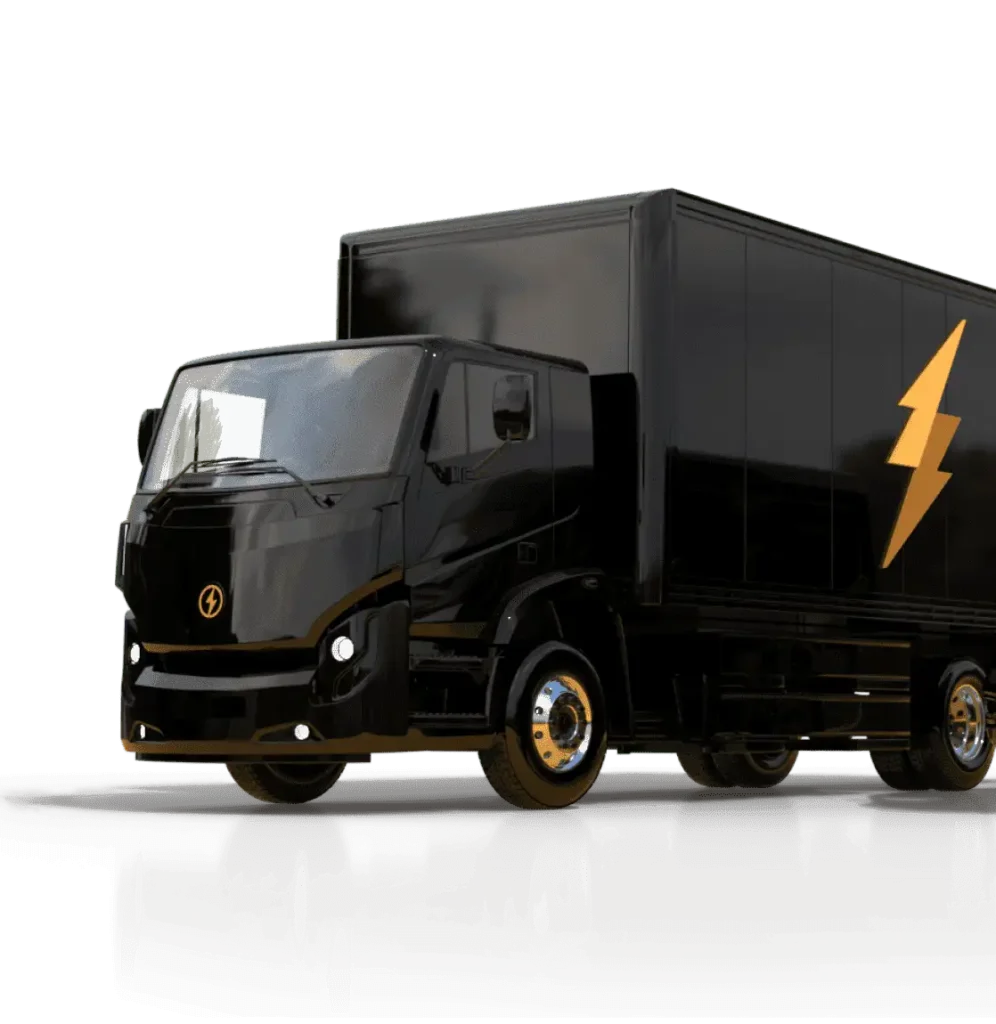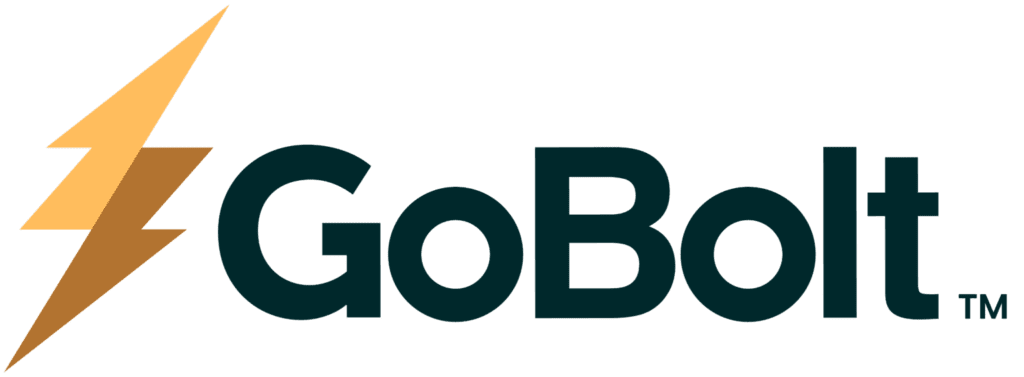FAQs - Ecommerce Logistics
Ecommerce is buying and selling goods or services online, covering everything from websites to payments and delivery.
It’s the process of storing, picking, packing, shipping, and delivering online orders efficiently and accurately.
Ecommerce is the business of online selling; logistics is the physical movement of products within that model.
B2C (retail), B2B (business to business), C2C (peer to peer), and C2B (creator/consumer to brand).
Product, platform, payment, and fulfillment.
A third-party logistics partner that handles warehousing, order fulfillment, and delivery for online sellers.
Right product, quantity, condition, place, time, customer, cost, extended to include “right impact” in sustainable logistics.
It’s what turns a click into a delivery, directly affecting customer satisfaction and brand trust.
Yes, ecommerce, nearshoring, and service expectations are expanding demand while tightening sustainability pressures.
Reliability at least total cost and impact, balancing service, cost, and emissions with data-driven trade-offs.
Global ecommerce exceeds $6 trillion annually and continues to grow across all regions.
The global ecommerce logistics market surpasses $400 billion and is expanding rapidly with cross-border trade.
Amazon leads globally, followed by Alibaba and JD.com.
China ranks first, followed by the U.S. and Europe.
The Canadian ecommerce market is valued at over $80 billion and growing steadily.
DHL Supply Chain & Global Forwarding, followed by UPS and FedEx.
Southeast Asia and India are among the fastest-growing regions for ecommerce.
Yes, with steady post-pandemic expansion driven by convenience, mobile, and social commerce.
Inventory is stored at warehouses or fulfillment centers, orders are picked and packed, and couriers deliver to customers.
The online order triggers fulfillment: pick → pack → label → carrier pickup → last-mile delivery.
Procurement, warehousing, inventory control, order fulfillment, transportation, and reverse logistics.
Fourth-party logistics providers manage multiple 3PLs, offering strategic control over the entire supply chain.
The use of software, AI, and data analytics to automate and optimize fulfillment, routing, and delivery tracking.
A temperature-controlled supply chain for perishable goods such as food, pharma, or cosmetics.
Shipping is one component of logistics. Logistics covers the entire order flow from supplier to customer.
Amazon’s same-day network, Shopify’s fulfillment network, or GoBolt’s tech-enabled warehouse-to-door delivery.
Buying and selling goods online between different countries.
The process of moving goods across borders with customs clearance, duties, and carrier coordination.
Orders are exported, cleared through customs, handed to a local carrier, and delivered to the customer.
Costs include customs duties, carrier handoffs, and international handling fees.
Regulations, taxes, long transit times, and limited visibility.
Choose markets, check customs requirements, use a 3PL with international capabilities (like GoBolt), and localize your storefront.
Germany, Singapore, and the Netherlands consistently top global logistics rankings.
The Canada Border Services Agency — responsible for customs clearance and security of goods entering Canada.
Using generic averages when primary data exists, double-counting upstream/downstream, and ignoring return/damage loops.
Begin with top lanes/carriers, get distance and weight data right, use recognized factors, then refine with carrier primary data.
Get a Quote



